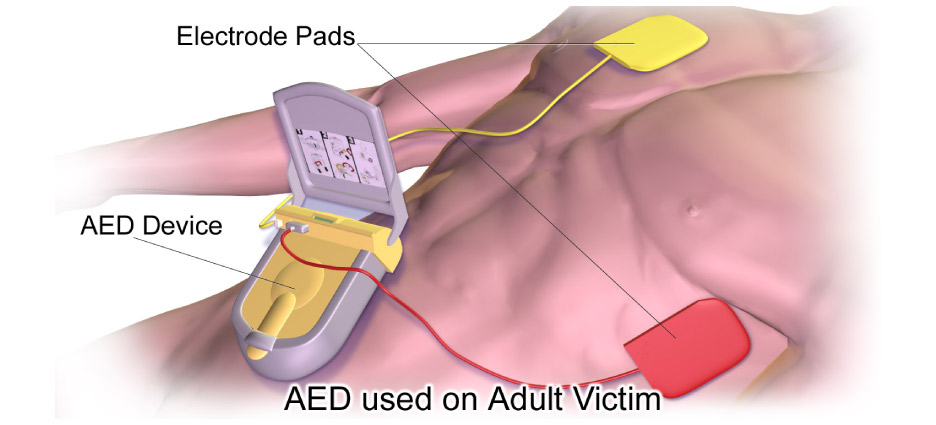First Aid Basics
OSHA’s first AID program involves planning illnesses, injuries, and fatalities in a workspace. After employees complete their OSHA 301 forms, their organizations get to know their respective first-aid needs. While companies have workers for duty, employers would calculate the EMS response time for all their locations. EMS reaction time should be equal to or less than 8 minutes. Advance EMS response time is less than 8 minutes.
When developing a first-aid program, Employers should get in contact with rescue and local fire services to help them assist with helpful information and possible issues. It is vital to put first-aid program guidelines and policies in writing. Employers must communicate first-aid program policies to all their employees in a language that they understand.
In this article, we will discuss the basics of first aid that every employer should know.
Three First Aid Basics You Must Consider
Every organization should elect candidates from their employees to receive first-aid training and become on-site first-aid providers when required. It is evident that sudden injuries or accidents can happen in the workplace. Some of which can be life-threatening and requires expedited assistance. OSHA first-aid standards require trained first-aid individuals at all offices.

It also requires an individual with cardiopulmonary resuscitation training, as heart attacks are a common occurrence at a workplace. CPR training is vital as it helps keep the victim alive until EMS arrives to assist with the required medical attention.
Much of this is taught in the OSHA-authorized first aid training online that’s provided to workers.
First-Aid Inventory:

Each business should choose a representative who is answerable for all emergency treatment supplies, keeping a stock record for medical aid supplies, and running down all supplies ’ expiry. The provisions ought to be sufficient and put away in an available region with the goal that they can be reached rapidly. It is imperative to likewise keep a robotized outer defibrillator when making a medical aid plan. As indicated by the American National Standards Institute, every business ought to decide the number of first-aid packs needed in their offices and add all the emergency equipment necessities as per their requirements.
Importance of Automated External Defibrillator:

As medical science is progressing. Automated external defibrillators have become more effective, easy to use, portable, and available easily. Automated external defibrillators are vital and essential to treat irregular heartbeat caused by a heart attack and cardiac arrest. When a victim is assisted with 3-4 mins, survival rates seem quite promising. CPR is a crucial step until AED is delivered to the victim. Every workplace must train employees for AED as there is a possibility of sudden cardiac arrest, which requires trained AED personnel.
The first-aid plan is made as per the workplace requirements. OSHA can provide thorough help through a variety of programs. OSHA outreach training contains a long list of programs designed to assist in creating an effective safety and health environment in an office. Workplace safety should be considered as a stepping stone in any workspace. Workplace safety and health are crucial for both the employer and the employee.
Triage:
Triage is a procedure of rectifying casualties and prioritizing the order. Unfortunately, without having good command of this process, one can easily misjudge the situation. Providing the right care and protocol is the key to this process. People, in general, have a phobia when they see blood. It can affect how they respond to such situations. Notwithstanding your degree of expertise or level of emergency treatment preparation, if you wind up in a genuine health-related crisis, consistently call 911 for crisis clinical help right away.
Conclusion
Understanding and implementing first aid basics in the workplace is essential for ensuring the health and safety of all employees. Employers must prioritize having trained first-aid providers, maintaining an up-to-date inventory of medical supplies, and equipping the workplace with Automated External Defibrillators.
Effective communication and proper training in first-aid procedures, including triage, can significantly improve response times and outcomes during emergencies. By adhering to OSHA guidelines and fostering a culture of safety, organizations can better protect their workforce from unexpected injuries and medical incidents.






